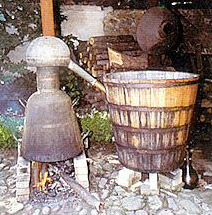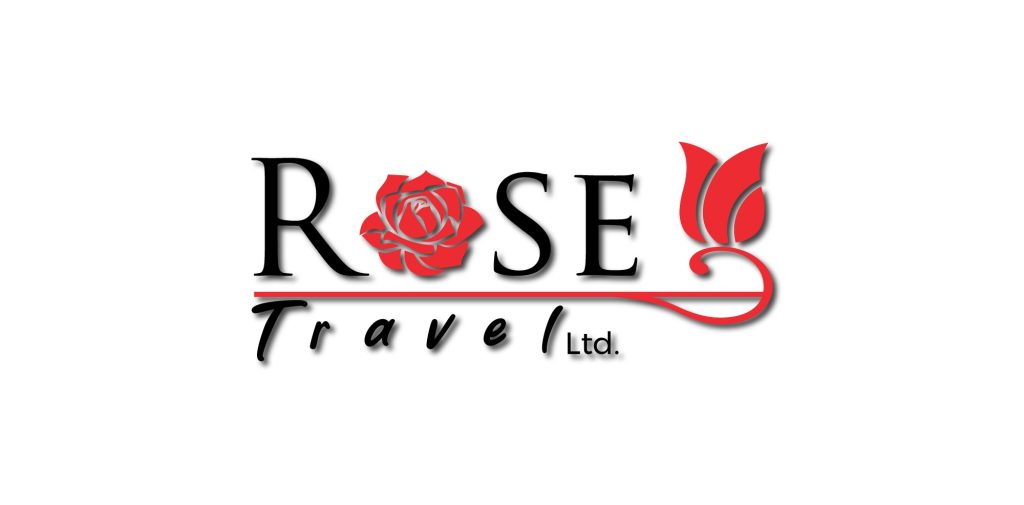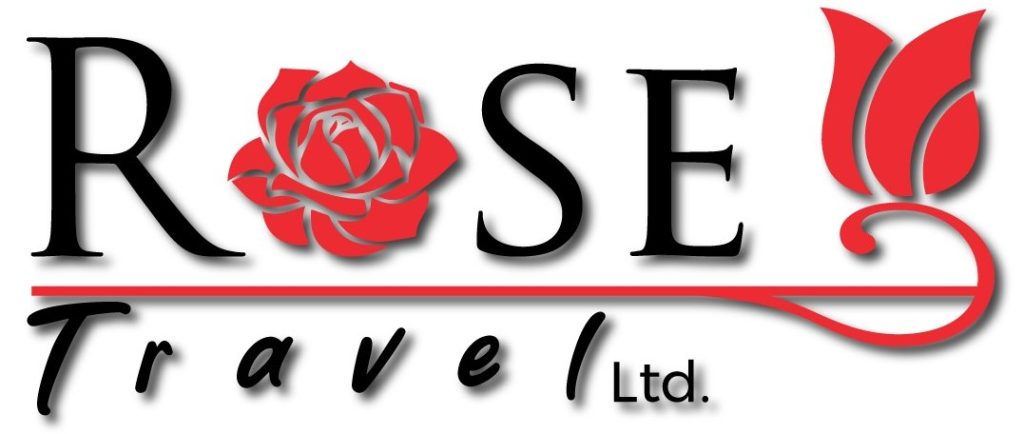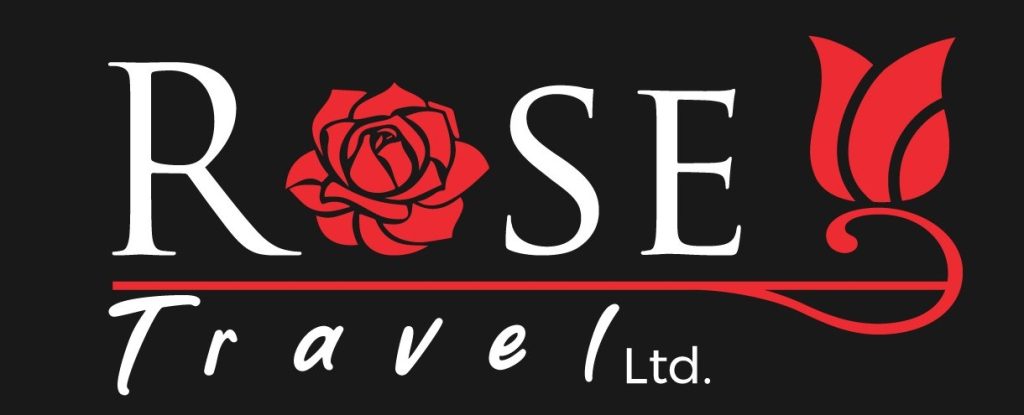Rose Museum
Rose Museum
Rose damascene mill – Rose damascene mill. f. trigintipetala, was brought to Bulgaria from India through Persia, Syria and Turkey.
In the valley between Stara Planina and Sredna Gora, she finds her second homeland. The Kazanlak Valley takes the name Rose Valley.
On May 21, 1837, the German Field Marshal Helmut von Moltke would say: “Kazanlak is the European Kashmir, the Turkish Gulestan – the land of roses.”
In the valley between Stara Planina and Sredna Gora, she finds her second homeland. The Kazanlak Valley takes the name Rose Valley.
On May 21, 1837, the German Field Marshal Helmut von Moltke would say: “Kazanlak is the European Kashmir, the Turkish Gulestan – the land of roses.”

Rose picking lasts about a month – from May 20 to June 20, but it depends on the atmospheric conditions of spring. It is carried out early in the morning from 5 a.m. to 9-10 a.m. The technology underlying the production of the famous Bulgarian rose oil is double distillation. In the primitive way, 15 kg of pink color and 60 liters of clean water are needed to fill a cauldron. The process is labor-intensive – 1 kg of rose oil is obtained from 3000 kg of rose flowers, and 1 gram – from 1000 rose flowers. Its price on the international market is around 4,000 euros per kilogram.
Bulgarian rose oil is the best quality in the world – without competitors. All world-famous perfume companies use it in their formulations because of two main qualities – it gives the perfume great durability and a special, pleasant aroma. It has been an indispensable ingredient for the developing European perfumery since 1720 and was exported by ship via Constantinople to Marseille, London and New York, and by horse-drawn caravans via Bucharest to Vienna, Paris and Berlin.
In 1820, Doncho Papazov from Kazanlak founded the first Bulgarian rose trading house. His sons Dimitar and Botyo expanded its activities. The rose trading houses of Kuncho Shipkov (1840), Hristo Hristov (1863) and Petko Orozov (1864) followed.
Bulgarian rose oil won gold medals at world exhibitions in Vienna (1873), Paris (1875), Philadelphia (1876), Chicago (1893) and others.
In 1820, Doncho Papazov from Kazanlak founded the first Bulgarian rose trading house. His sons Dimitar and Botyo expanded its activities. The rose trading houses of Kuncho Shipkov (1840), Hristo Hristov (1863) and Petko Orozov (1864) followed.
Bulgarian rose oil won gold medals at world exhibitions in Vienna (1873), Paris (1875), Philadelphia (1876), Chicago (1893) and others.
In 1967, a museum exhibition about the Kazanlak rose was opened, which in 1969 grew into a unique Rose Museum. The 330-year history of Bulgarian rose production is traced with rich physical, photographic and documentary materials. Shown are original vessels for the production of rose oil – cauldrons; for storage and export – containers, bottles, crates; utensils for separating rose oil from rose water; templates of rose trading houses; original photos and documents of Rozotorgov families, etc.

A primitive rose garden has been restored in the courtyard of the Rose Museum, which is open in May-June.
Tourists have the opportunity to buy rose, peppermint and lavender oil; various products of the butter rose, rose liqueur, gyul brandy and souvenirs related to the life and culture of the rose growers.
Every year, every first Saturday and a week for the month of June in Kazanlak, a traditional Feast for Rosata is organized, some of which offer the visitor an unforgettable memory, connect with the beauty, fun and hospitality of the Bulgarians.
Tourists have the opportunity to buy rose, peppermint and lavender oil; various products of the butter rose, rose liqueur, gyul brandy and souvenirs related to the life and culture of the rose growers.
Every year, every first Saturday and a week for the month of June in Kazanlak, a traditional Feast for Rosata is organized, some of which offer the visitor an unforgettable memory, connect with the beauty, fun and hospitality of the Bulgarians.


